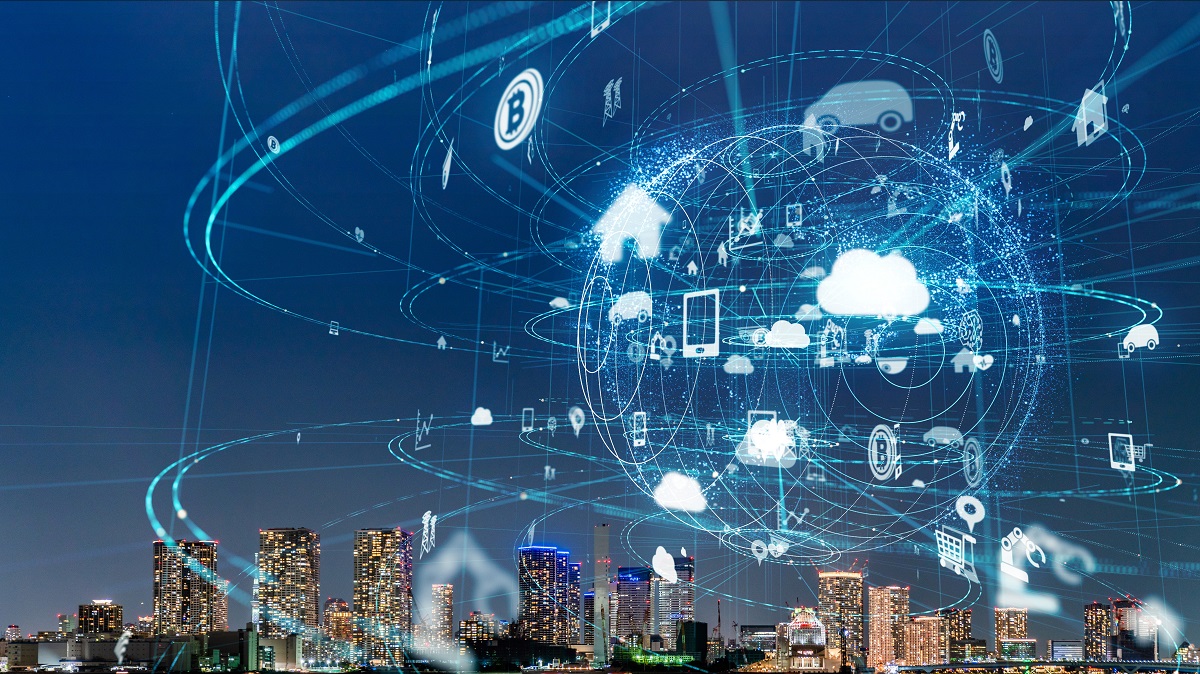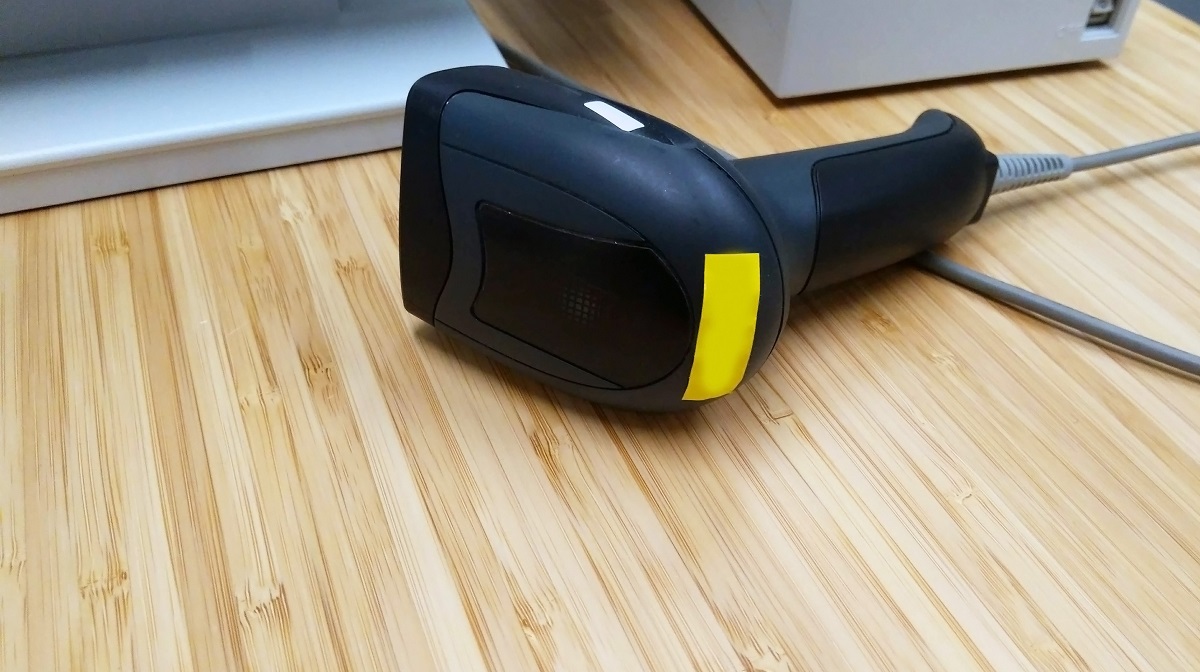Lasers have become an integral part of society. Of course, laser applications are not limited to ray guns or light swords as depicted in science fiction movies and literature. Instead, lasers have more practical uses. Modern lasers are used in almost every industry, creating instead of destroying, saving lives instead of causing harm.
1. Internet and Cable TV
You wouldn’t be reading this on your phone, laptop, or PC if it wasn’t for lasers. High-speed internet requires the use of lasers. Even if you use a phone, information still needs to travel thousands of miles through fiber optic cables before reaching your service provider. More than a million miles of fiber-optic cables span the globe, connecting millions of people and effectively making the world a smaller place. Images, videos, texts, and other forms of data are processed and transformed into light that travels from one location to another. Transfers are instantaneous as data travels at the speed of light, although processing the information can cause a bit of delay.

The entertainment industry relies heavily on laser technology. You won’t be able to stream the latest movies, watch your favorite TV show, or play the latest game without lasers. Of course, you can go old school and rely on Blu-ray, CDs, and game disks. However, these mediums still require lasers (although a different application) to process information.
2. Modern Construction
Lasers are being used to make pinpoint measurements in the construction industry. Lasers can measure distance, elevation, and alignment with far greater accuracy and efficiency than any other measuring device. Precision is essential in construction, especially when building structures exceeding 20 stories. A single millimeter of deviation can be disastrous once a building reaches a certain height.
Lasers are also used to make 3D renderings of buildings and measure existing buildings for extensions or renovations. 3D laser scanning services are vital in states like Utah and Colorado. The landscapes of elevated states are more prone to change due to shifting of the earth and erosion. 3D scanning can make accurate maps of the environment and allow builders to make the necessary adjustments in design and execution.
3. Medicine and Dentistry

More people have been saved by lasers than harmed by them. Lasers are more common in hospitals than in the military, especially ones used on people. In the most delicate cases, surgeons will often turn to lasers to operate with increased precision and minimize damage. Patients who have undergone laser-assisted surgeries have shorter recovery times and less pain.
One of the most common types of laser surgery is LASIK (Laser-Assisted In Situ Keratomileusis) or laser eye surgery. More than 10 million Americans had gone through the procedure since its approval in 1999. LASIK surgery can minimize the effects of vision loss, eliminating the need for glasses in 90 percent of all cases.
Scary trips to the dentist are a thing of the past if you’re willing to pay a premium. Dental laser drills or tooth lasers are replacing traditional rotary drills in mare affluent clinics. Tooth lasers have none of the scary sounds of dental drills, and they are significantly safer to use. They are so precise that most procedures do not need anesthetics.
4. Manufacturing
Sci-fi lasers that cut into steel have their counterparts in the manufacturing industry. High-grade lasers are used to cut, shape, and weld metal in various stages of manufacturing. The process even gets more sci-fi when robots are the ones using the lasers. Using lasers ensures optimum precision. Every cut or weld is the same, especially when factory robots are used.
Integrating laser-wielding robots into the manufacturing industry increases efficiency and uniformity. Turnouts are more than doubled, reducing overheads while increasing profits. The use of laser cutters is not limited to large industries. Small businesses often use laser cutters for branding and customization. Laser cutters can make detailed engravings on glass, acrylic, wood, metals, and even softer materials like leather, fabrics, paper, or even food.
5. Commerce

Commercial establishments are some of the earliest users of laser technology. Barcode scanners have been around since the 70s, and almost every establishment uses one today. Barcode scanners or laser readers process data embedded in barcodes, speeding up transactions and minimizing pricing mistakes.
Although stores and groceries were the first to utilize barcodes at a national level, more establishments (libraries, warehouses, car rentals, etc.) have adopted their use to enhance efficiency.
Lasers have more diverse uses than their sci-fi counterparts. While modern lasers are more fitting for streaming TikTok videos than gunning down aliens, they have already changed the world as you know it and made themselves an integral part of modern society.

